
Miranda Henning helps clients in the regulated, legal, governmental, and nonprofit communities quantify and mitigate the risks and damages posed by chemicals in the environment, home, workplace, diet, and consumer products. A certified senior ecologist and Board Certified Environmental Scientist (BCES, ecotoxicology), she provides expert testimony, conducts technical analyses, offers strategic advice, and shares findings and recommendations with diverse audiences. Ms. Henning has developed and applied innovative techniques to characterize and mitigate the effects of releases of per- and polyfluoroalkyl substances (PFAS), polychlorinated dibenzo-p-dioxins and dibenzofurans (PCDD/Fs), PCBs, PAHs, petroleum hydrocarbons, pesticides, and metals. Her work often takes the form of human health and ecological risk assessments, natural resource damage assessments (NRDAs), public meetings, safety assessments, feasibility studies, and expert reports. Ms. Henning has contributed to nearly 100 guidance documents, scientific publications, and technical presentations.
M.E.M., Water and Air Resources, Duke University, Durham, North Carolina, 1991
B.A., Environmental Science, Wesleyan University, Middleton, Connecticut, 1987
Certified Senior Ecologist, Ecological Society of America, 2020
Board Certified Environmental Scientist, American Academy of Environmental Engineers and Scientists, 2022
Hazardous Waste Operations and Emergency Response 40-Hour Certification (1988–present)
Society of Environmental Toxicology and Chemistry
Ecological Society of America
Miranda Henning, BCES Managing Principal, Business Director - Health and Ecology
Miranda Henning helps clients in the regulated, legal, governmental, and nonprofit communities quantify and mitigate the risks and damages posed by chemicals in the environment, home, workplace, diet, and consumer products. A certified senior ecologist and Board Certified Environmental Scientist (BCES, ecotoxicology), she provides expert testimony, conducts technical analyses, offers strategic advice, and shares findings and recommendations with diverse audiences. Ms. Henning has developed and applied innovative techniques to characterize and mitigate the effects of releases of per- and polyfluoroalkyl substances (PFAS), polychlorinated dibenzo-p-dioxins and dibenzofurans (PC...
Miranda Henning helps clients in the regulated, legal, governmental, and nonprofit communities quantify and mitigate the risks and damages posed by chemicals in the environment, home, workplace, diet, and consumer products. A certified senior ecologist and Board Certified Environmental Scientist (BCES, ecotoxicology), she provides expert testimony, conducts technical analyses, offers strategic advice, and shares findings and recommendations with diverse audiences. Ms. Henning has developed and applied innovative techniques to characterize and mitigate the effects of releases of per- and polyfluoroalkyl substances (PFAS), polychlorinated dibenzo-p-dioxins and dibenzofurans (PCDD/Fs), PCBs, PAHs, petroleum hydrocarbons, pesticides, and metals. Her work often takes the form of human health and ecological risk assessments, natural resource damage assessments (NRDAs), public meetings, safety assessments, feasibility studies, and expert reports. Ms. Henning has contributed to nearly 100 guidance documents, scientific publications, and technical presentations.
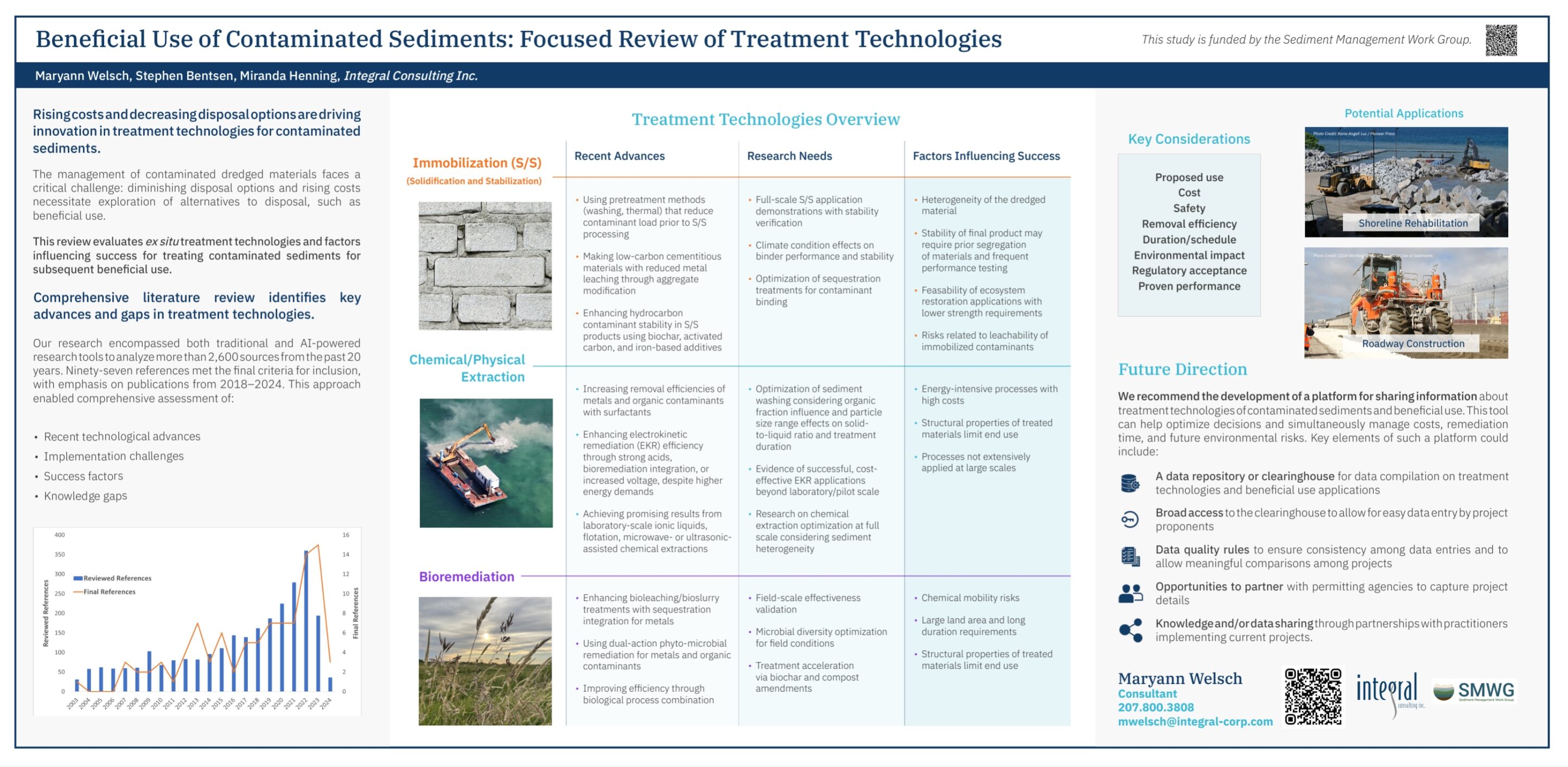
Beneficial Use of Contaminated Sediments: Focused Review of Treatment Technologies
Poster
January 30 2025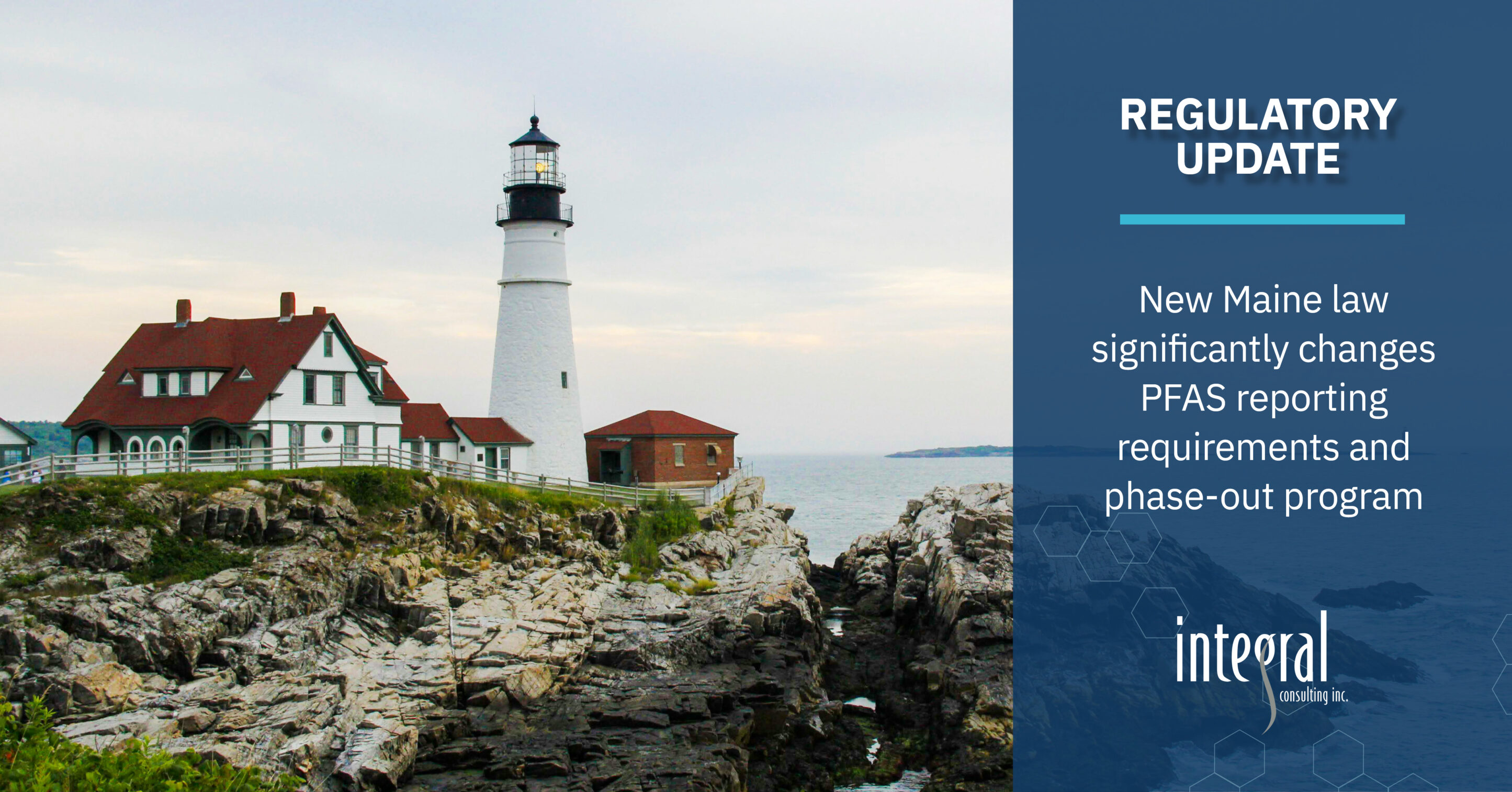
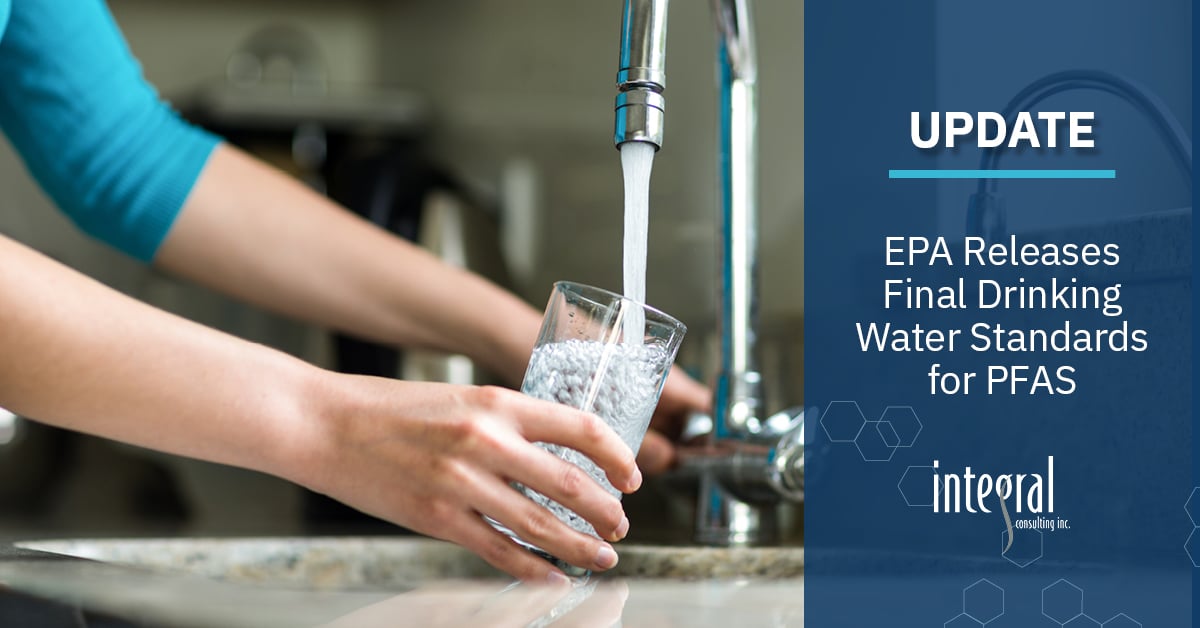
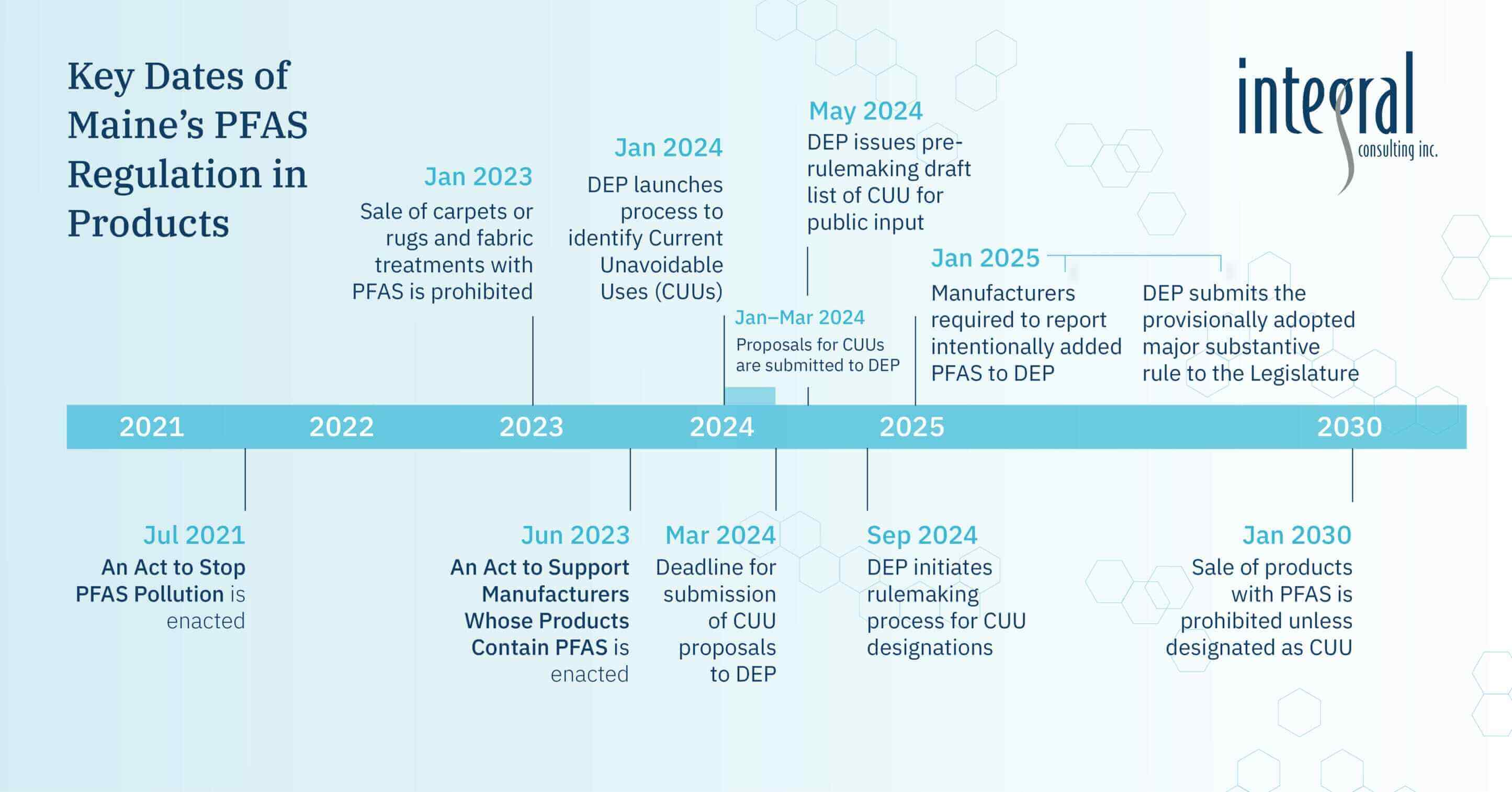
Manufacturers’ Proposals for Currently Unavoidable Uses (CUU) of PFAS Due to Maine DEP by March 1, 2024
Press Release
January 10 2024
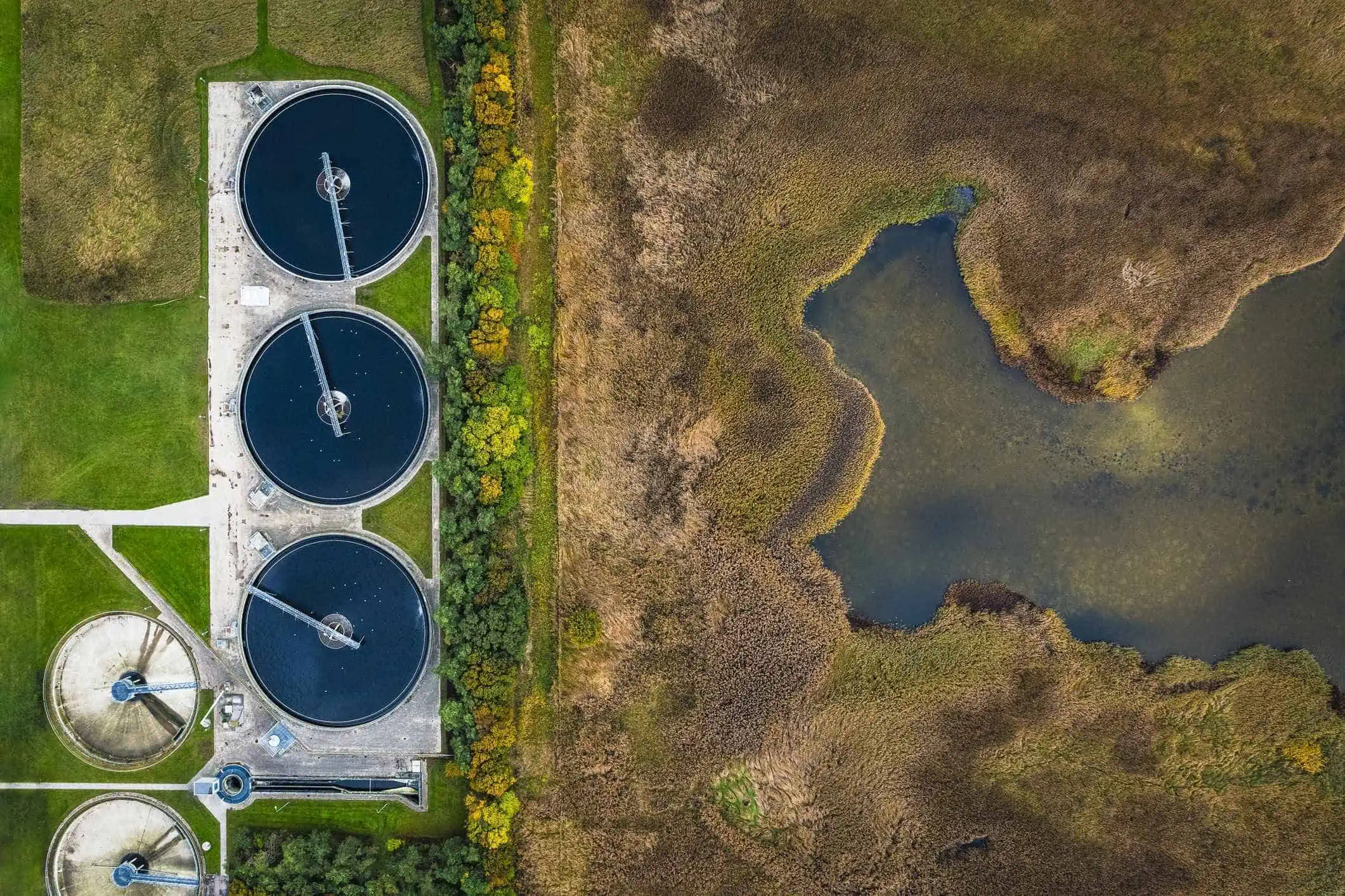
PFAS at Contaminated Sediment Sites: Evolving Technical, Regulatory, and Legal Priorities
Resource
September 26 2023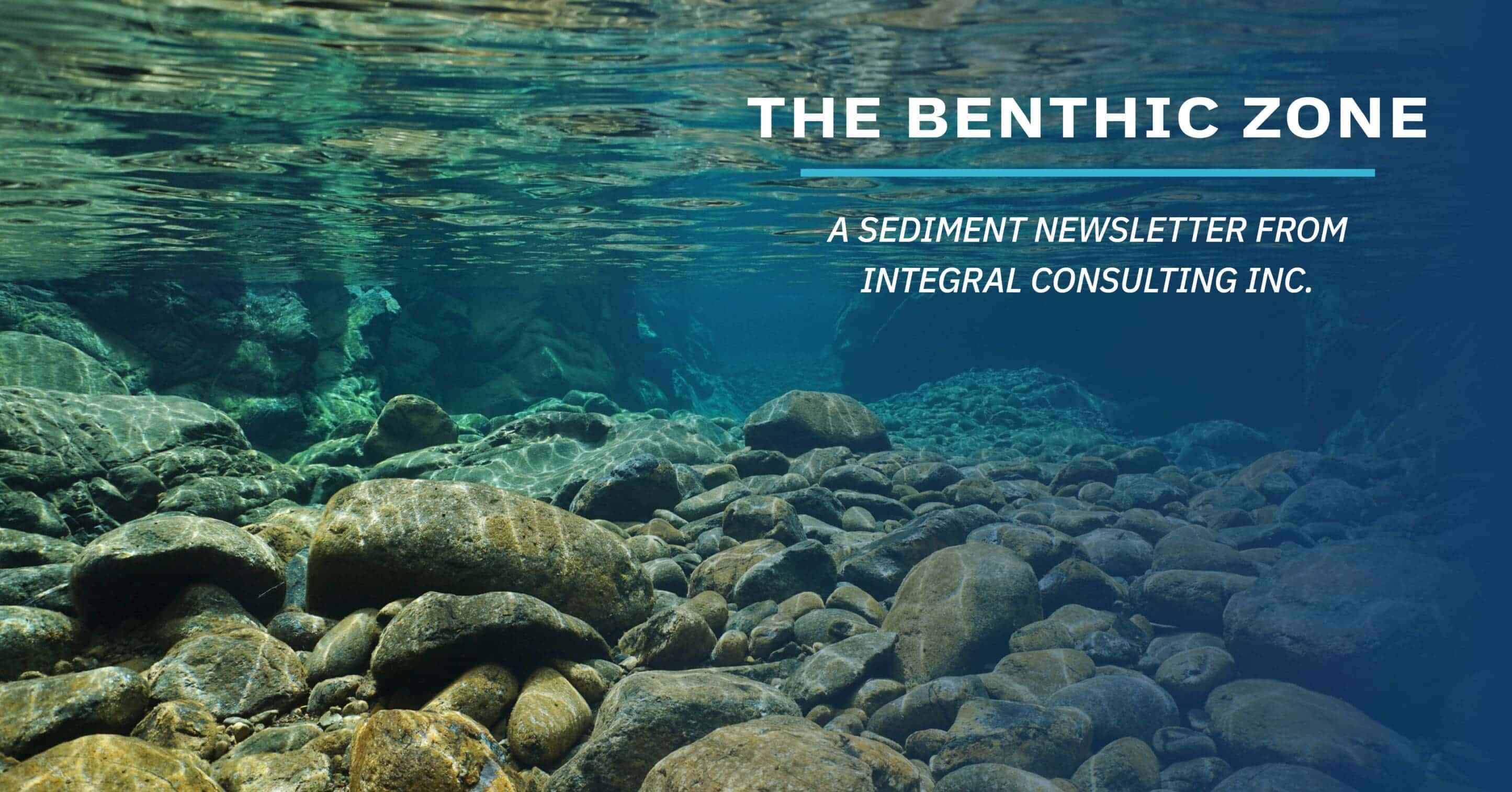
The Benthic Zone (September Edition): Integral's Sediment Newsletter
Press Release
September 26 2023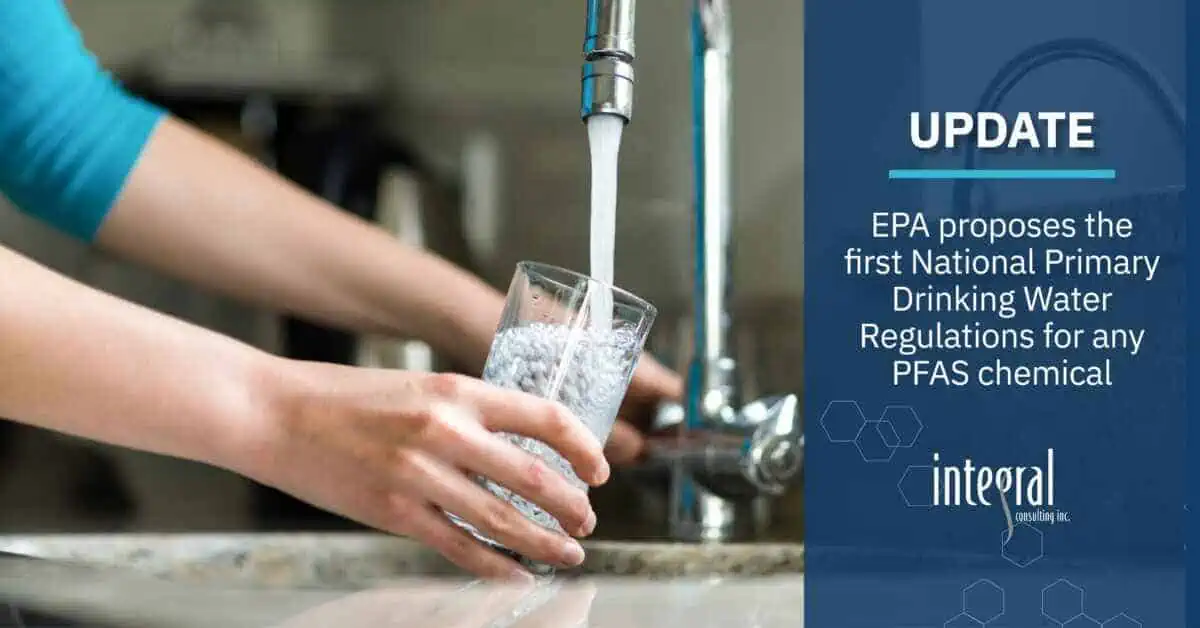
EPA Proposes the First National Primary Drinking Water Regulations for any PFAS Chemical
Press Release
March 14 2023
Environmental Justice: Miranda Henning to Present on Panel at ABA Conference
Press Release
January 19 2022
Miranda Henning to Present on Emerging Contaminants at PFAS Environmental Litigation Conference
Press Release
January 11 2022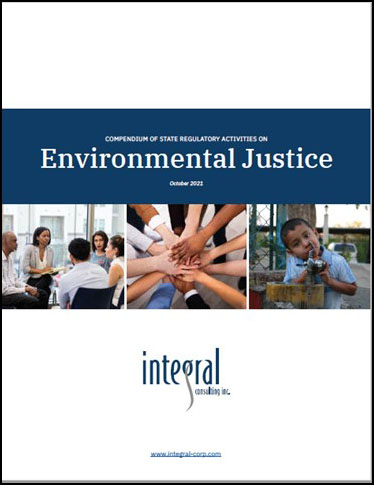
Integral Issues the First Comprehensive Compendium of State Regulatory Activities on Environmental Justice
Press Release
October 29 2021Ecological risk assessment of per‐ and polyfluorinated alkyl substances: Foreword
Publication
March 20 2021
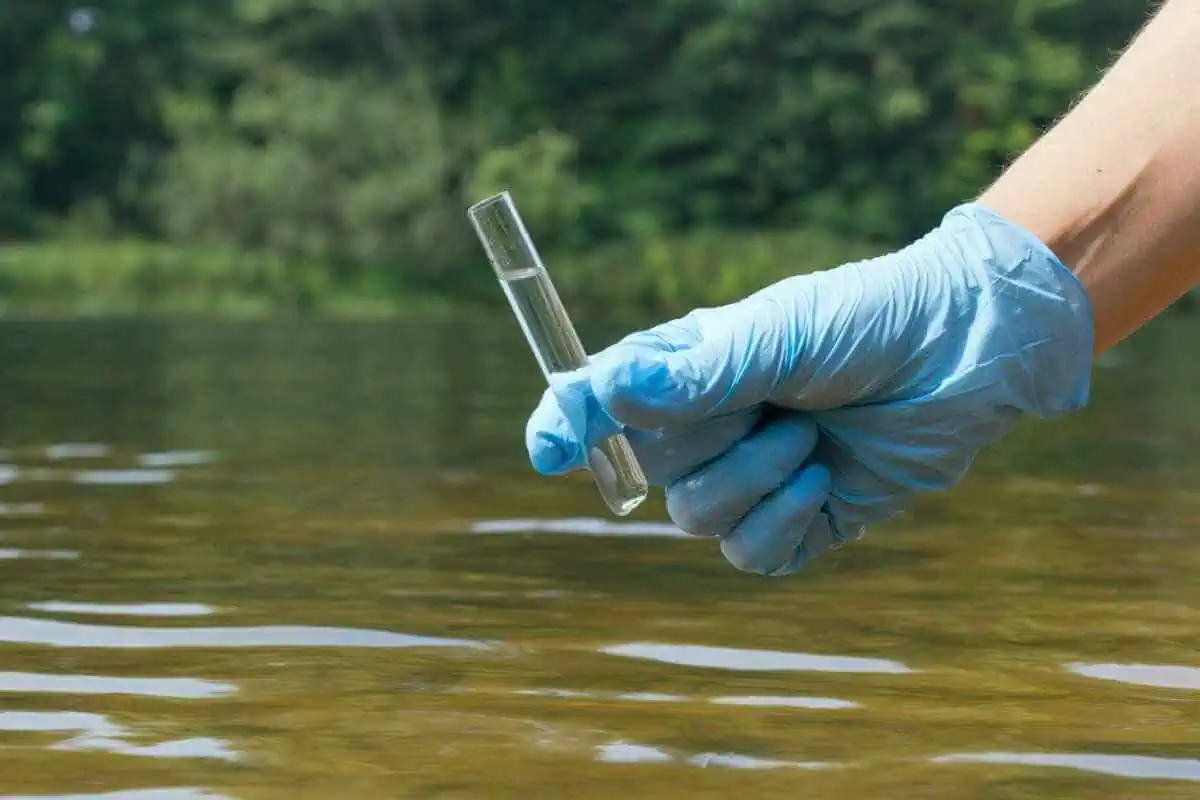

Conceptual Site Model for Contaminated Sediments in the St. Marys River Area of Concern
Case Study
January 05 2023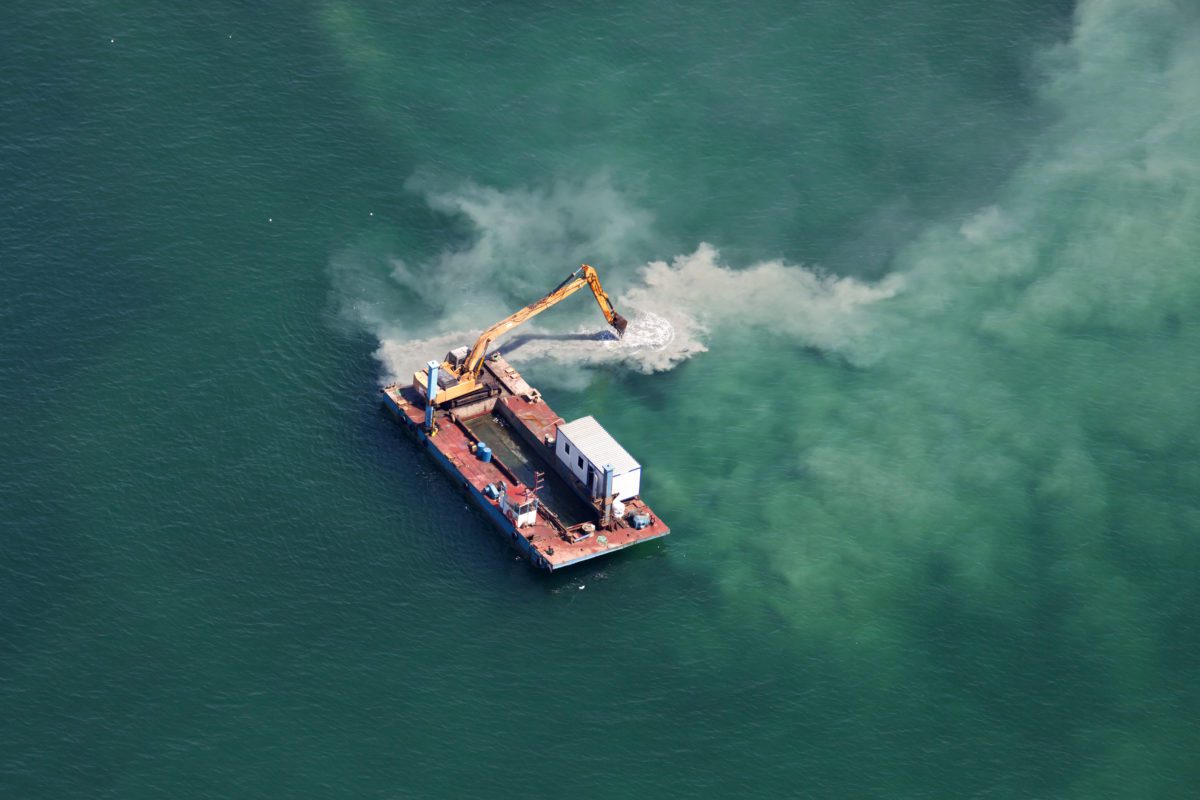
- Contaminated Sediments
- Natural Resource Damage Assessment
- Litigation Support
- PFAS/Emerging Contaminants
- Risk Assessment
- Metals Toxicology and Assessment
- Radiological Risk Assessment
- Risk Communication
- Training
- Toxicology
- Product Stewardship
- Planning and Permitting
- Feasibility Studies
- Mining
- Environmental Decision-Making
- Expert Testimony

